Introducing food culture, local cuisine such as hoba miso, and local gourmet food

Introducing local cuisine and local gourmet foods such as Hoba miso
Hoha Miso - A local dish with the aromatic aroma of grilled miso that whets the appetite.
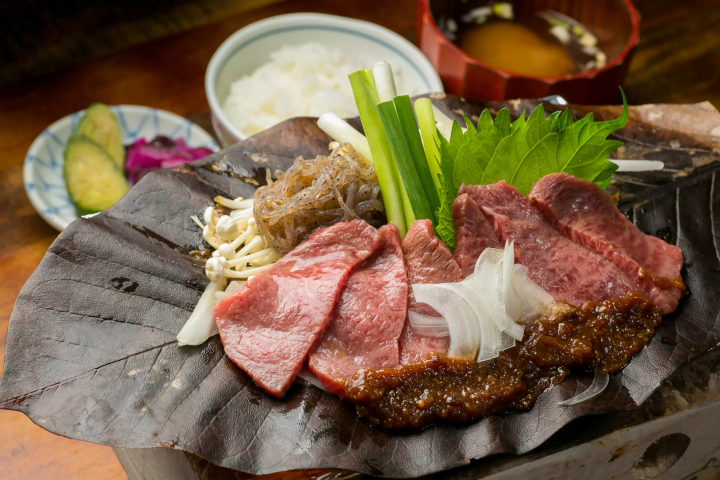
Hida's local dish ``Hoha Miso''. Hoha miso is made by placing miso, green onions, shiitake mushrooms, etc. on top of magnolia leaves and eating it while grilling.It goes well with rice and is also a great accompaniment to sake. Hida's winters were so cold that the ingredients would freeze, so people would spread magnolia leaves over the fire in the hearth and warm up pickles and miso to beat the cold. Nowadays, hoba miso, which is eaten with not only miso but also Hida beef, mushrooms, and green onions, is also popular. In December 2007, it was selected as one of the ``Top 100 Local Cuisine from Rural Areas'' by the Ministry of Agriculture, Forestry and Fisheries.
Hida sweets - Simple taste made using traditional methods
Hida sweets are made using carefully selected ingredients using traditional methods. It's a hometown flavor with an appealing rustic flavor. The Hida region is surrounded by mountains and has an abundance of nuts and grains, so the main ingredients for Hida dagashi are soybeans, sesame seeds, and peanuts. The sweets are made using traditional methods and are made with simple ingredients, which is why they are popular for their simple and timeless taste.
Bean plate
A simple sweet made of aromatic roasted peanuts mixed with molasses and dried. Our skilled craftsmen carefully control the temperature of the molasses and then coat it with plenty of peanuts. Not only is it sweet, but it also has a simple and strong flavor that allows you to feel the umami of the candy.
Mishima beans
Sweets made by roasting soybeans, coating them with sugar and starch, and drying them. An addictive dish with its gentle sweetness and crunchy soybean texture. A traditional Hida Takayama bean confectionery coated in crunchy white sugar.
Kokusen
Traditional candy from Hida made using grains such as sesame and peanuts. It is called ``kokusen'' because it is made by roasting the raw materials, and its fragrant and simple taste is addictive.
Hida Beef A work of art! Hida beef with melt-in-your-mouth sweetness
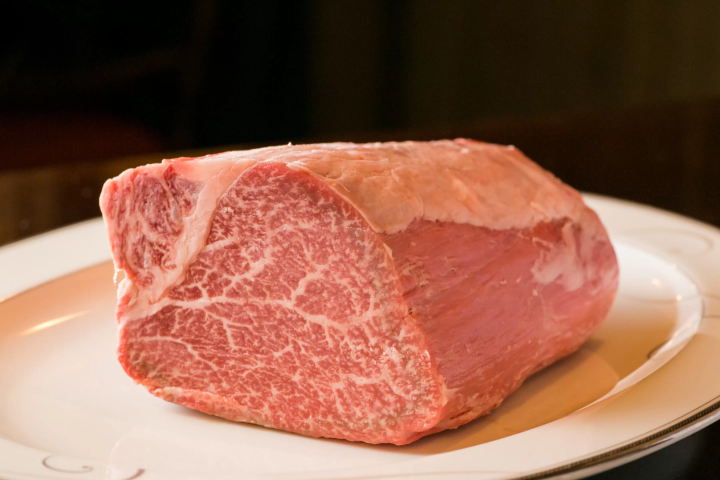
Hida beef refers to Japanese black beef that has been fattened in Gifu Prefecture for 14 months or more and has a meat quality grade of 5, 4, or 3 according to the carcass grading conducted by the Japan Meat Grading Association. The quality and taste of the meat are excellent, and you can enjoy the melt-in-your-mouth texture and sweetness of the meat. In addition to Japanese and Western cuisine, there are also many dishes available for take-out, so you can easily enjoy Hida beef.
Mitarashi Dango Mitarashi Dango from Hida Takayama, where the aroma of soy sauce whets the appetite
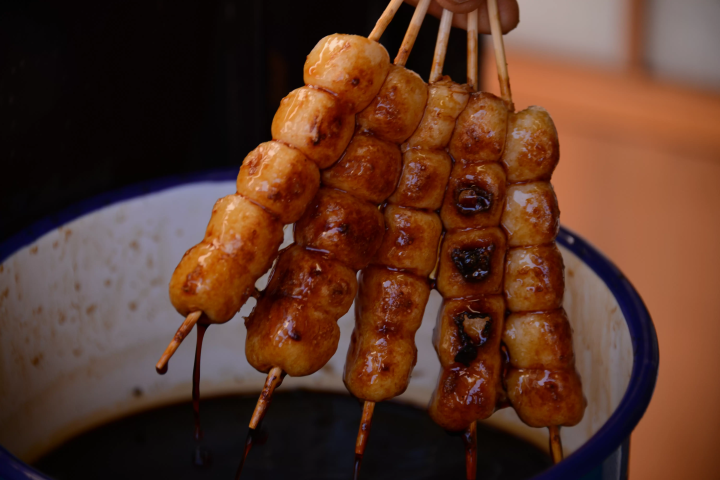
Mitarashi dango from Hida Takayama has a light soy sauce flavor. The aromatic aroma of the golden-brown soy sauce whets the appetite. It has a crispy texture and is easy to enjoy.
Chinese soba (Takayama ramen) Takayama ramen (Chinese soba) is simple yet profound.
Takayama ramen (Chinese noodles) is characterized by its simple combination of soy sauce-flavored soup and thin, curly noodles. It is a true taste of Hida Takayama and continues to be loved by the locals as it is also called "Chinese soba." There are many restaurants in Takayama City where you can eat Takayama Ramen (Chinese noodles), and it is recommended that you enjoy the different flavors at each restaurant.
Hida's local sake Hida Takayama's local sake is born from the blessings of nature.
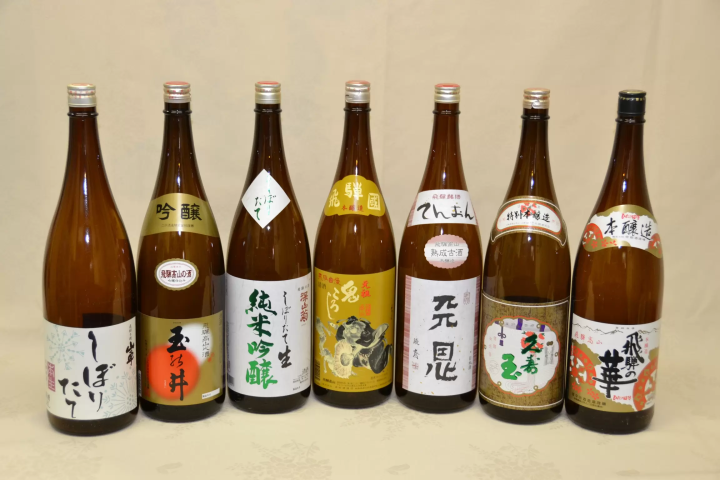
Local sake has been produced in Takayama since the mid-Edo period. Takayama's local sake, which is blessed with clean water, high-quality rice, and a good climate, has a deep flavor that has impressed leftist parties across the country. Seven sake breweries in the city continue to make their own special brands of sake.
Hida Soba Soba born from clear water and a cold climate
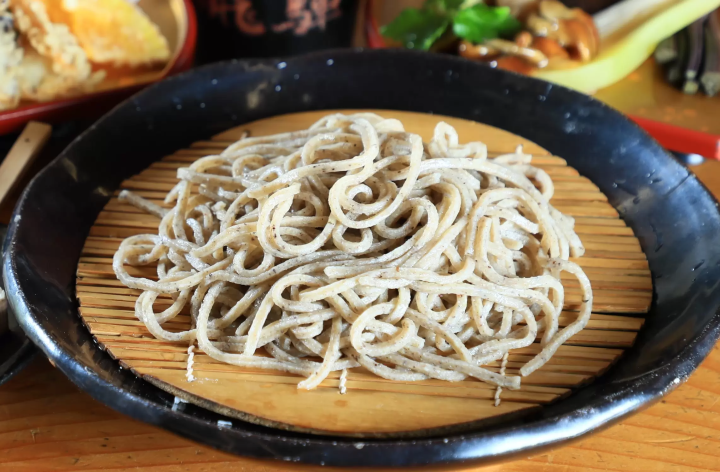
Hida Takayama is also famous for producing high-quality buckwheat. The ``handmade soba'' made by grinding buckwheat seeds grown in the buckwheat fields in the mountains of Hida in a stone bowl has a special taste. Surrounded by mountains, with beautiful water, a highland climate, and the blessings of nature, please enjoy soba.
Hida pickles - a local dish that preserves vegetables deliciously
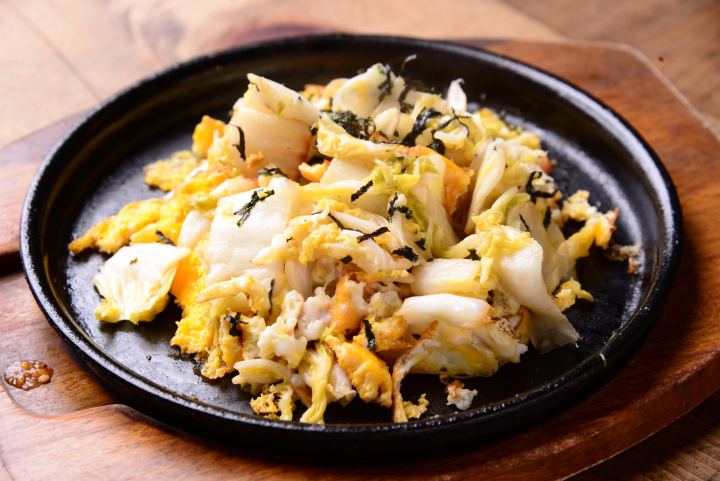
It is characterized by its simple flavor and light taste, which brings out the wild flavors of vegetables and wild plants, such as Hida's unique red turnip. It is a local dish that has been loved for a long time, such as ``Tsukemono Steak'', which is said to have originated from the idea of warming pickles that had frozen in the cold and eating them over a hearth.
Surrounded by the magnificent nature represented by the Hida Mountains (Northern Alps), Hida Takayama is a town that is alive with history and traditional culture, such as old townscapes that retain traces of the Edo period and Takayama festivals held in spring and autumn. There are also hot springs such as Hida Takayama Onsen and Okuhida Onsenkyo, as well as gourmet food such as Hida beef and Japanese sake. In particular, the Takayama Festival, which is held in spring and autumn, is characterized by a festival procession centered around gorgeous floats (dashi floats), elaborately moving mechanical dolls, and reproductions of picture scrolls, and many people from Japan and abroad come to watch. I will visit. It is about 6 hours from Tokyo and about 4 hours from Osaka. There are some of Japan's leading tourist destinations such as Shirakawa-go, Kamikochi, and Kanazawa in the surrounding area, and you can visit various places around Hida Takayama. There is a mix of various types of accommodations, including Western-style hotels, traditional inns, homely guesthouses, and hostels suitable for long-term stays, and we have the capacity to meet the needs of our users. The people of Hida, who are involved in various fields such as nature, history, tradition, culture, and gastronomy, are simple and warm, and offer heartfelt hospitality to visitors.
The contents on this page may partially contain automatic translation.

































![[2026 Edition] FORMUAL 1 JAPANESE GRAND PRIX Information](https://resources.matcha-jp.com/resize/720x2000/2025/10/05-245984.webp)


![[2025 Update] Namba's spectacular illuminations! "Namba Hikari Tabi" with approximately 1 million shining lights](https://resources.matcha-jp.com/resize/720x2000/2025/12/12-252825.webp)